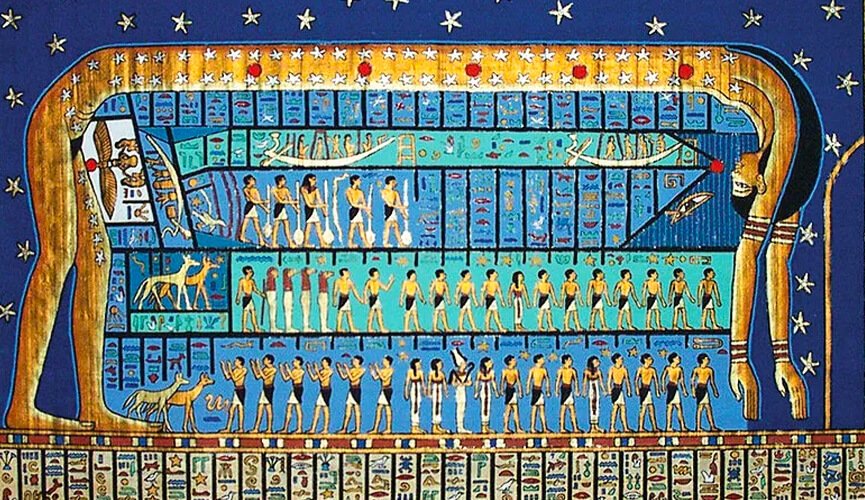Ancient Egyptian creation myths about how the world was made are some of the most exciting and complicated stories about how the world came to be. Egyptian stories about how people came to be were based on how the Nile River gave life and how the seasons changed. They told the secrets of life, death, and returning to life. These stories were essential to the ancient Egyptians because they were trying to figure out where their culture and close relationship with gods came from.
Unlike some creation myths that only talk about how the world was made, Egyptian stories were about an immense universe with many gods who each had their jobs and duties. The Egyptian creation story centered on the three main gods, Atum, Ra, and Amun, and how they worked together to make the world and set up the heavenly order.
Make your journey even richer by pairing your reading with immersive Egypt vacations and a curated Egypt day tour.
Exploring Ancient Egyptian Creation Myths
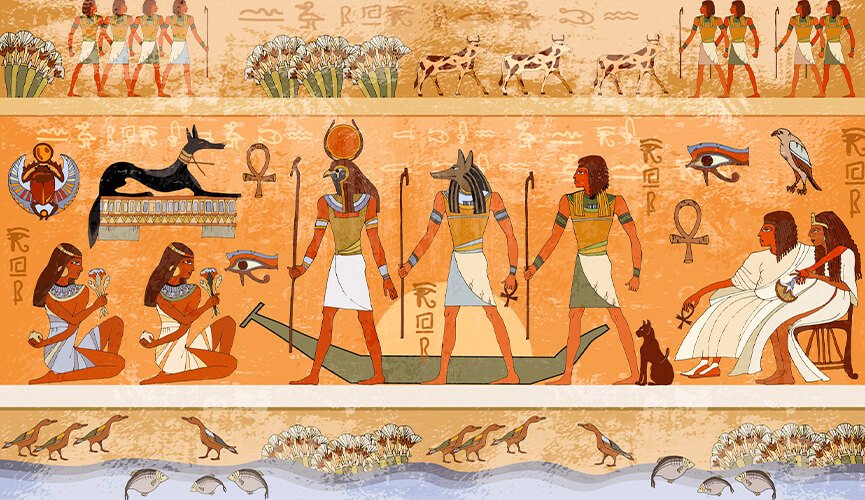
A. What are Creation Myths?
Ancient Creation Myths, like the ones from many old cultures, are stories that try to explain how the world, people, and the gods who rule it all came to be. They are an essential part of the rich culture of old Egypt, and they help people understand the secrets of life. These stories are full of symbolic language and archetypal figures that speak to the darkest parts of the human mind and connect the material world to the spiritual world.
B. The Cultural Importance of Ancient Egyptian Creation Myths
In the exciting world of ancient Egyptian Creation, Myths weren’t just silly stories but essential to society. They were the base for sacred ideas, social order, and scholarly study. People could figure out who they were, what their job was, and how they fit into the big picture of the world by understanding the stories. It turned into an account that everyone could understand. This strengthened the community and taught people to respect the gods who changed their world.
C. The Role of Deities in Egyptian Cosmogony
Egyptian cosmogony, the study of how the world came to be, was based on a complicated group of gods and goddesses. These gods were things in nature, bodies in the sky, and vague ideas. In the stories about how the world came to be, they all had important roles and brought their skills and traits to the process. Strong gods like Ra, the sun god; Osiris, the god of life, death, and rebirth; and Isis, the mother goddess who stood for fertility and renewal, were at the center of this world.
D. Common Themes and Variations in Creation Narratives
Even though each Ancient Egyptian Creation Myth is different in some ways, there are some common themes and ideas. Most people think there was a watery chaos before the world was made. The god Nun stands for this wild space where the first hill of land grew, marking the beginning of the world. The coming together of male and female gods is another theme that keeps coming up. This shows how differences and the power of creation can work well together. The story of Osiris’s life, death, and return shows the cycle of life, death, and rebirth, which was essential to the Egyptians because they thought life would never end.
In these stories, the people who make things and the act of making things are connected to the holy, which gives the story a sacred feel. People feel awe and wonder because the new themes and images connect the universe and our world. There are different stories about how the world began in other places in Egypt. This shows that people have different ideas about how the world came to be, which makes the culture richer.
In the end, Egyptian Creation Myths are deep and complex stories that show how ancient Egyptians thought about the world and their cultural values. People are still interested in the strange stories in these myths about how the world and people came to be. By looking into these stories, we can figure out what older people are thinking and answer big questions that have been asked for ages. We can think about the secrets of life and where we fit in the vast world.
What is ancient Egyptian mythology?
Hermopolis creation myth
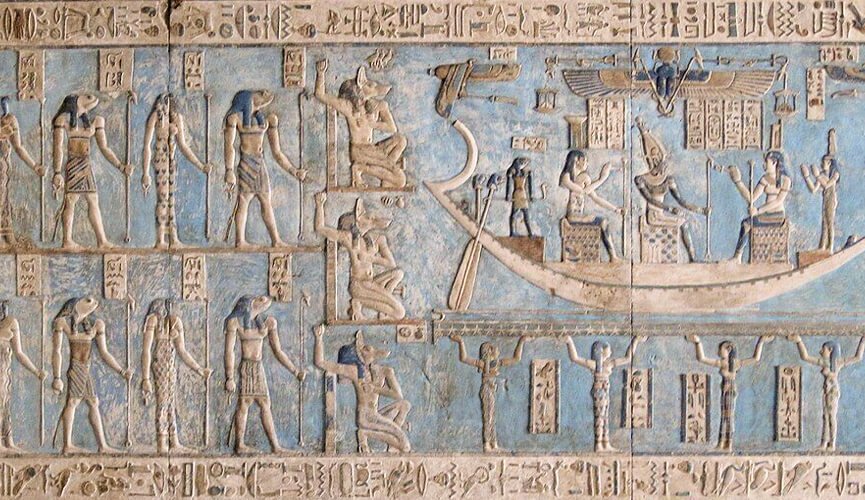
The Hermopolis Cosmogony, also called the Ogdoadic Cosmogony, is an ancient Egyptian creation story that started in Hermopolis Magna. This theory of how the world came to be is based on the idea that there was chaos before the world was made. This story says that the world came into being when the chaos organized itself into four sets of male and female gods. These four sets are called the Ogdoad.
In the Hermopolis cosmology, each pair of Ogdoad gods represents a different part of nature and life. Some of these pairs were Nun (primordial seas) and Naunet (infinite space), Amun (hiddenness) and Amaunet (hiddenness), Kek (darkness) and Kauket (dark), and Heh (infinity) and Hauhet (forever). People thought of these gods as the ones who made the world and brought order to the chaos of the beginning.
When these Ogdoad gods came together, they made the world possible for other gods and god-like things to come into being. People considered the Ogdoad the first forces and guardians of the heavenly order. They made sure that creation would go on forever. Their connections showed how careful balance and unity held the world together.
The Hermopolis cosmology also says that the highest God, Atum, came from the waters of the Nun when the world was made. Atum was thought to have the power to create himself, creating the heavenly and physical worlds. As the first person to make the world, Atum was a link between the chaos of the primordial seas and the world’s order.
Hermopolis cosmogony gives a unique look at how the world came to be, focusing on how vital the Ogdoad gods were. It shows how well the ancient Egyptians understood the careful balance needed to bring order out of chaos and how much they respected the forces of nature. This mythological framework not only told the Egyptians how the world was made but also shaped their religious and philosophical views and gave us a glimpse into how they saw God and the universe.
Heliopolis creation myth
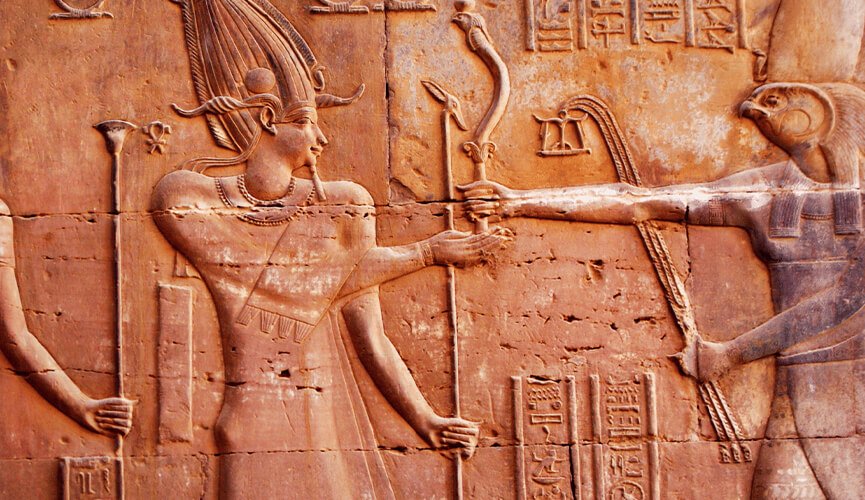
Heliopolis cosmogony is the old Egyptian story of how the world was made. It started in the city of Heliopolis, which is also called “The City of the Sun.” This worldview held that the god Atum, who originated from the seas of Nun, created the world.
According to the heliopolis creation story, Atum made himself and was the core of everything. He appeared to have a clay body and a face lit by the sun’s ferocious rays. People thought that when Atum made himself, that was the start of the world and the beginning of all life.
In the story of how the world came to be in Heliopolis, Atum is said to have created the first things with his heavenly will. By rubbing, he made Shu, the god of air, and Tefnut, the water goddess. Geb, the god of the earth, and Nut, the goddess of the sky, were then born to Shu and Tefnut. Geb and Nut got together and had children. Those children were Osiris, Seth, Isis, and Nephthys, all crucial gods in Egyptian legend.
As the sun god Ra became more critical in Egyptian religion, he became close to the god Atum. Ra was thought to be the most potent creator god. He was in charge of the sun’s daily trip across the sky. In the Heliopolitan worldview, Ra was part of the story, which suggests that Ra was a part of Atum and one of his jobs or forms as the sun god.
Heliopolis cosmogony was essential to the ancient Egyptians’ religion and helped them understand how the world came to be. The Egyptian pantheon and their knowledge of the order of the gods were based on the story of how Atum made himself and then made Shu, Tefnut, Geb, and Nut. It was the basis for the complicated myths and practices that grew up in ancient Egypt. It showed how life goes in cycles and how important the sun was to their understanding of the universe.
Memphis Creation Myth
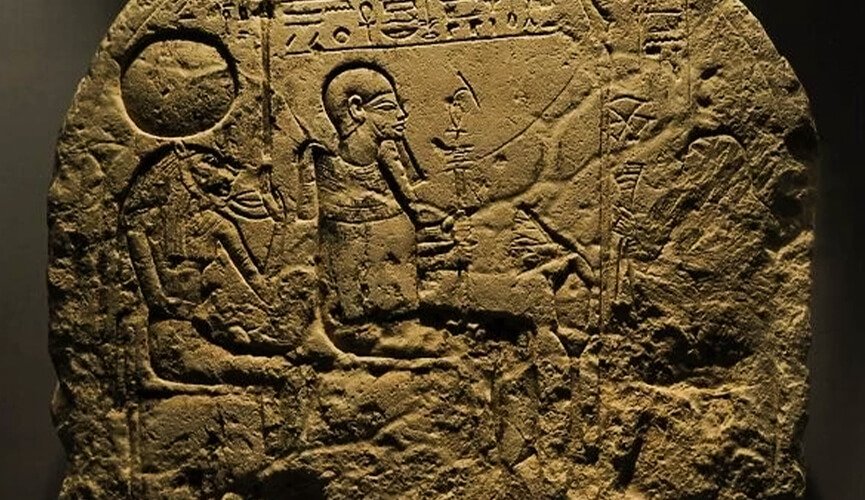
As we learn more about ancient Egyptian mythology, we can’t help but be drawn to the exciting creation story of how Memphis came to be. Memphis was an ancient Egyptian city located on the banks of the beautiful Nile River. It was also where many godly legends and exciting stories began, which helped shape the heart of Egyptian culture.
According to the Memphis creation myth, the story begins with Ptah, the supreme god of creation and craftsman. Ptah had an idea for a city that would be better than any other world. He spoke the words of innovation and told the different parts of the world to come together in perfect unity. With each word, the ground went out of the water, and the sky came out of the dark.
Once the world was made, Ptah started building Memphis, a holy city. He called together all the gods and goddesses working in his heavenly workshop and told them about his big plan for the town. It was supposed to be a place of beauty and order, a safe place where art and knowledge would grow. The gods built Memphis’s beautiful temples, castles, and other buildings with joint powers.
But Memphis’ story isn’t just about how well it was made; it’s also about love and loyalty. Ptah fell in love with a goddess named Sekhmet after seeing the picture of what he had made. He fell in love with her because of how fierce she was and how well she could heal. Together, they became the holy masters of Memphis. Their marriage showed the city thrived when power and imagination worked well together.
Theban creation myth
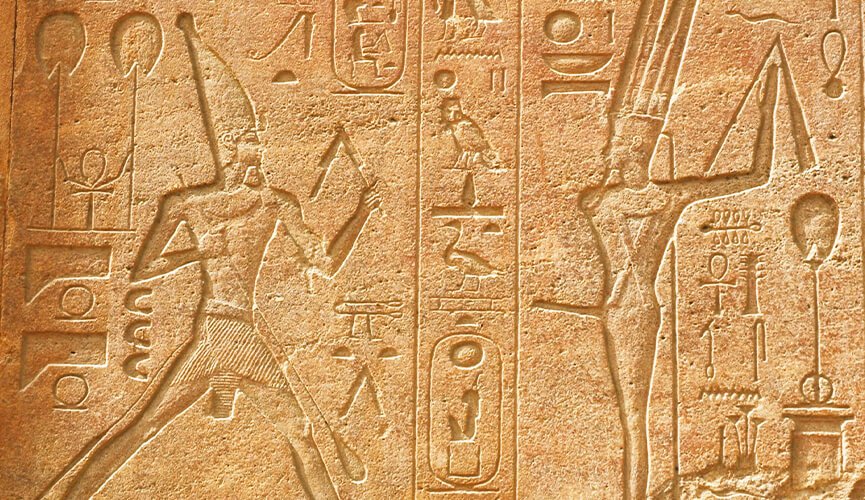
Thebes is an old city in Egypt that has a rich mythology and cosmology that kept its people interested for hundreds of years. As the capital of the New Kingdom and a holy center, Thebes was a big part of how the ancient Egyptians thought about the world. The older adults of Thebes believed that the gods made and ruled the world.
In Theban cosmology, the world was thought to have come from a place called Nun, which was supposed to be the beginning of everything. This endless ocean of swirling chaos held the possibility for creation, and the god Atum came from these turbulent seas. Atum, usually shown as a person with a double crown, had both male and female parts, symbolizing the two sides of creation. Atum gave birth to Shu, the god of air, and Tefnut, the goddess of water, when he became a child.
As Atum’s children, Shu and Tefnut were tasked with keeping the universe in order. They made up the universe’s top layer and made a place between heaven and earth. This split made it possible for the gods and goddesses of Thebes to come into the world. During this time, the mysterious god Amun came to life. Amun was once considered a minor god, but he became the main god of Thebes and finally joined with the sun god Ra to become Amun-Ra, the king of the gods.
The creation of people is also essential to Thebes’s view of the universe. Khnum, a god often shown as a potter, was thought to have used clay from the banks of the Nile to make people on a potter’s wheel. This complicated way of making people showed how holy and close people were to the gods.

